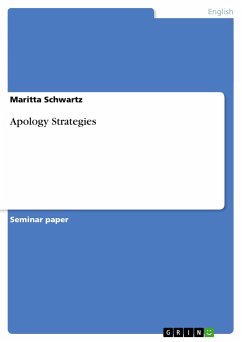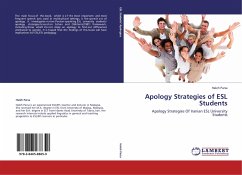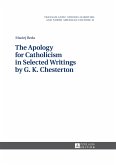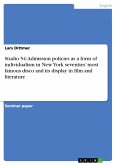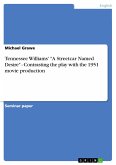Seminar paper from the year 1999 in the subject English Language and Literature Studies - Linguistics, grade: 1- (A-), Ruhr-University of Bochum (English Seminar), course: Proseminar: Pragmatics, language: English, abstract: IntroductionIn this paper we are going to deal with different theories concerning apology strategies. As there exists a variety of different theories, I chose just three of them for this paper. I will introduce their concepts, compare their differencesand try to give a final evaluation of the three concepts.Blum-Kulka/Olshtain1I will begin with the model of Shoshana Blum-Kulka and Elite Olshtain.They first of all classify apology as a speech act, name preconditions that are inevitable for an apology to take place and then list different strategy types.Apologie als a speech act: classificationThe apology belongs to the post-event-acts, i.e. it signals that a certain type of event has already taken place. Moreover, the speaker recognizes the fact that a violation of a social norm has been committed and that the speaker is at least partially involved in its cause. The involvement means a loss of face (= face threatening) for the speaker and is hearer-supportive.21 Blum-Kulka, S., Olshtain, E.; "Requests and Apologies: A Cross-Cultural Study of Speech Act Realization Patterns"in: Applied Linguistics, 5 / 1984. (p. 196-213)2 ebenda, p. 206

